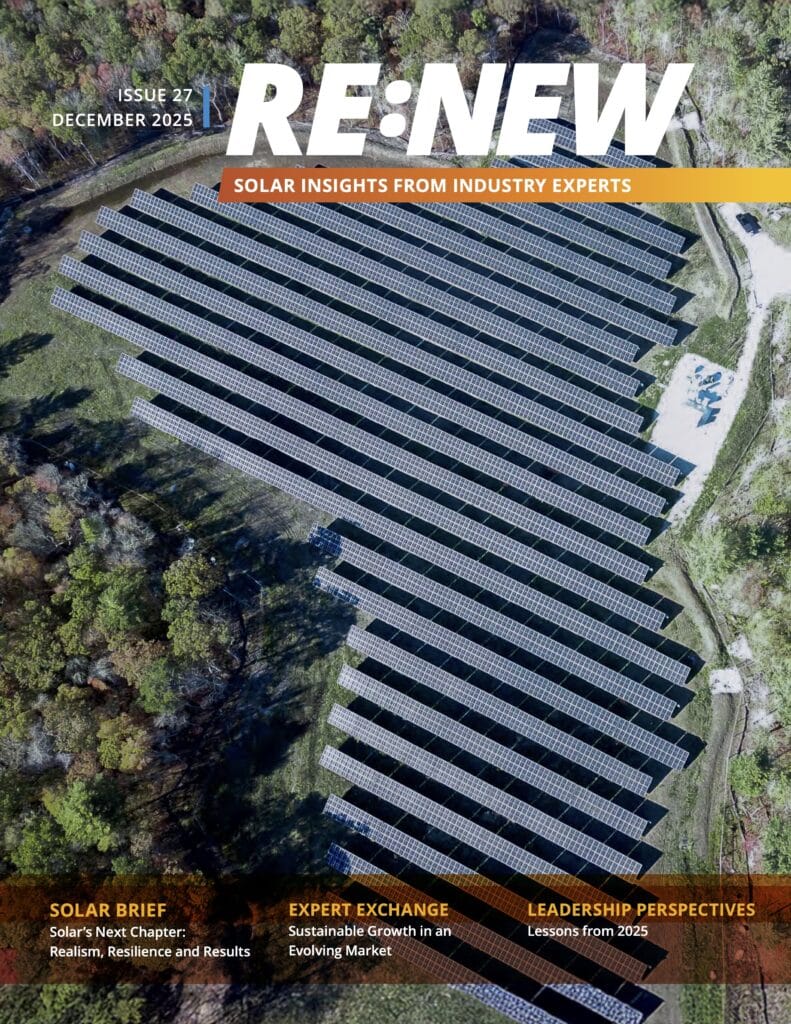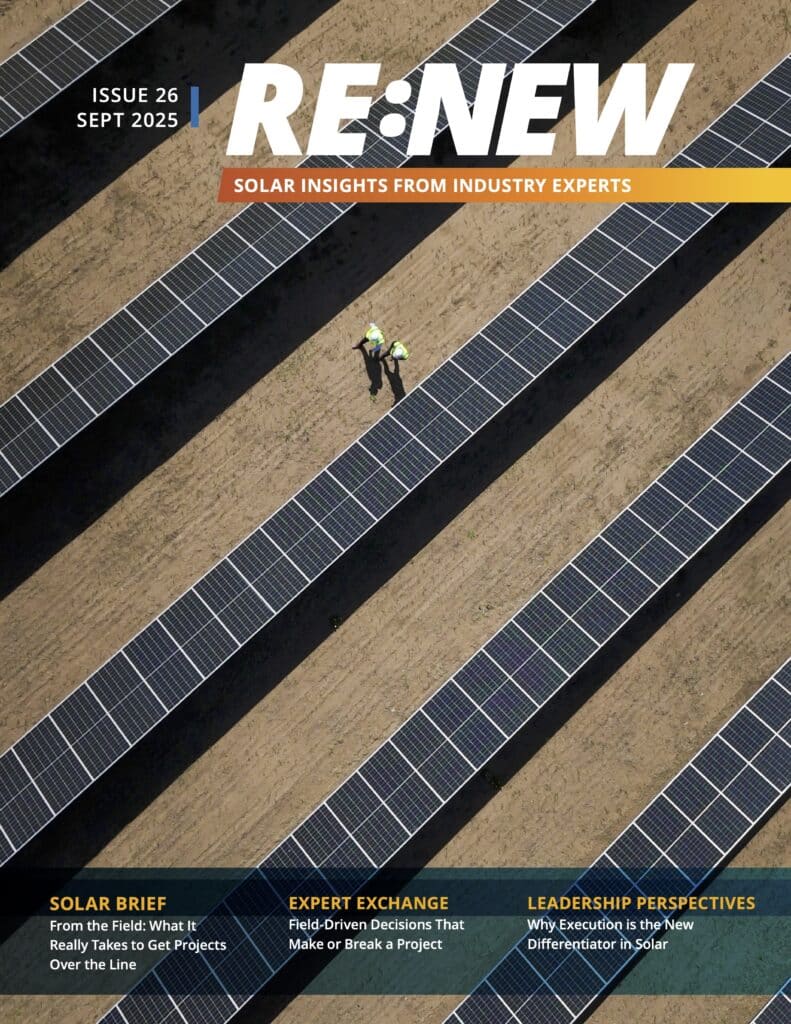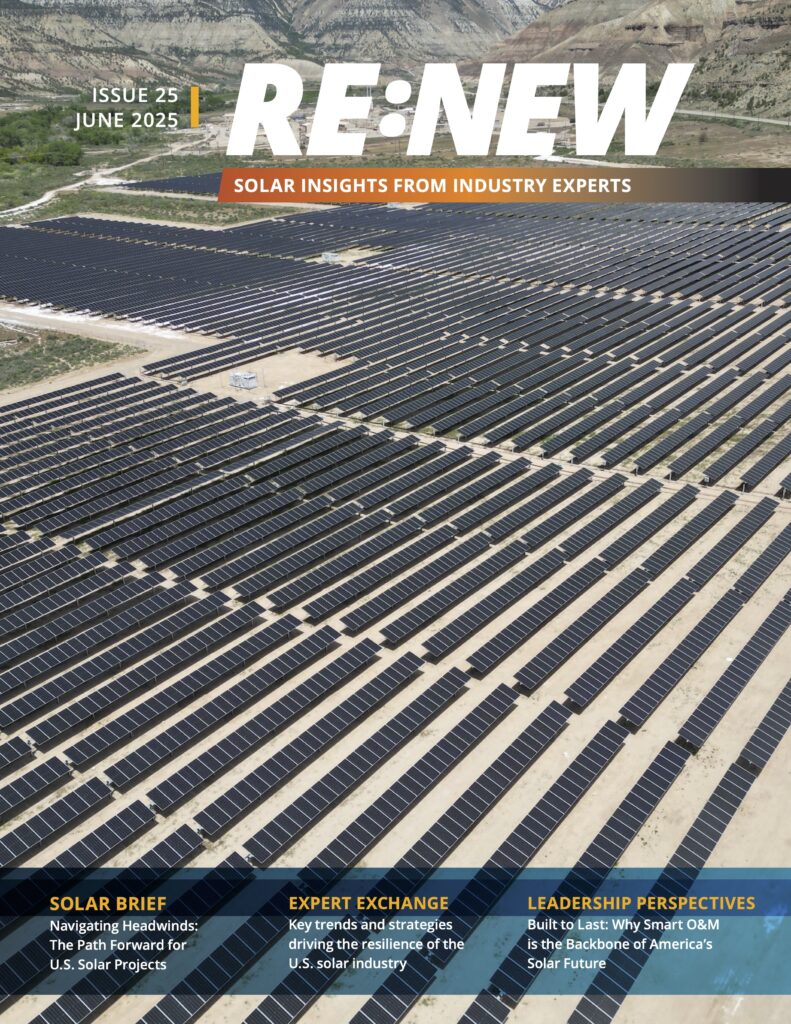Over the past several years, the Solar Energy Industries Association (SEIA) has taken significant steps to diversify the industry, such as a best practices guide and urging its members to sign on to the PWC CEO Action for Diversity & Inclusion Pledge. It has supported the U.S. Solar Diversity Study by The Solar Foundation (TSF) that uncovered the industry’s weaknesses in the area of diversity and subsequently has provided guidelines to help companies to address the shortcomings those studies in its Diversity Best Practices Guide for the Solar Industry.
Standard Solar has worked alongside SEIA and TSF in those efforts, co-sponsoring those studies and putting their recommendations into concrete efforts to diversify its work force. Our own efforts, including launching a Diversity and Inclusion Committee, are steps in the right direction—but there is still work to be done.
According to the U.S. Solar Diversity Study, “Hispanic or Latino workers represented 16.9% of the workforce, Asian workers represented 8.5%, and black or African American workers comprised 7.6%. Today, industry leaders are naming diversity, inclusion, and equity as top business priorities.”
“A career in solar is the world’s best kept secret in many ways,” says Paul Collins, an electrical preventative maintenance manager and Master Electrician at Vigilant Energy Management, a Standard Solar company. “We need to get the message out there to minority communities that working in the solar industry isn’t just a job, it’s a career.”
Part of the education process involves reaching out to high school and community college influencers like guidance counselors, teachers and professors, administrators and job-training centers to explain to them what the solar industry is all about.
Solar companies shouldn’t forget about using their own employees as resources to make those connections as well. After all, your own employees are already in the solar industry and may have connections that can bring you a host of qualified candidates from historically underserved populations.
“With all of the solar that’s going up on schools and in minority communities, we have a great opportunity to tap into those communities for workers,” Collins says. “First, we can bring them clean energy, and we can bring them well-paying jobs, too. It’s a win-win for everybody.”
It’s also important to educate influencers on the variety of jobs available in the industry. It’s not just installation jobs, after all. There are CEOs, finance, human resources and engineering jobs, just to name a few. In other words, the solar industry offers endless possibilities no matter what kind of career path someone wants to take.
“The solar industry has an opportunity to grow in ways that are almost unimaginable if we get creative about our outreach to minority communities,” Collins says. “We’re making good strides, but we can always do more.
“If we’re willing to invest the time, effort and money, we don’t have to hope to find the right candidates for jobs,” he adds. “We can create them from the ground up. That’s how you diversify the industry effectively.”
More Recent Blog Posts
Delivering on Our Promise: 2025 in Review
December 11, 2025
Scott Wiater · 3 min read
How Student Health Unlocks School Energy Projects
December 3, 2025
Standard Solar · 4 min read
The Remarkable Growth of Community Solar in the District of Columbia
October 22, 2025
Standard Solar · 2 min read
Navigating a Solar Market in Transition: Takeaways from RE+ 2025
September 26, 2025
Megan Byrn · 3 min read
Most Popular Blog Posts
Illinois’s energy industry is poised to become much greener and cleaner
Harry Benson · 2 min read
Closing The Book On 2020—And Eagerly Anticipating 2021
Scott Wiater · 2 min read
Farmland Can Be A Lucrative Solar Resource
Travis Tate · 2 min read
2022: A Year of Opportunity and Challenge for Solar
Scott Wiater · 2 min read





Share